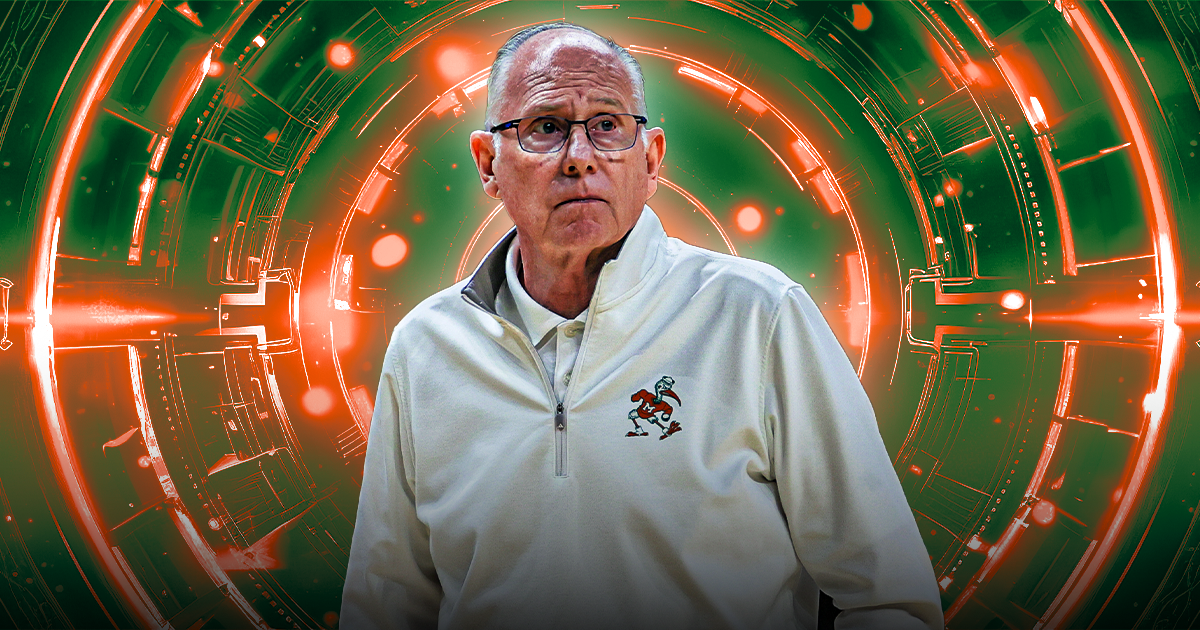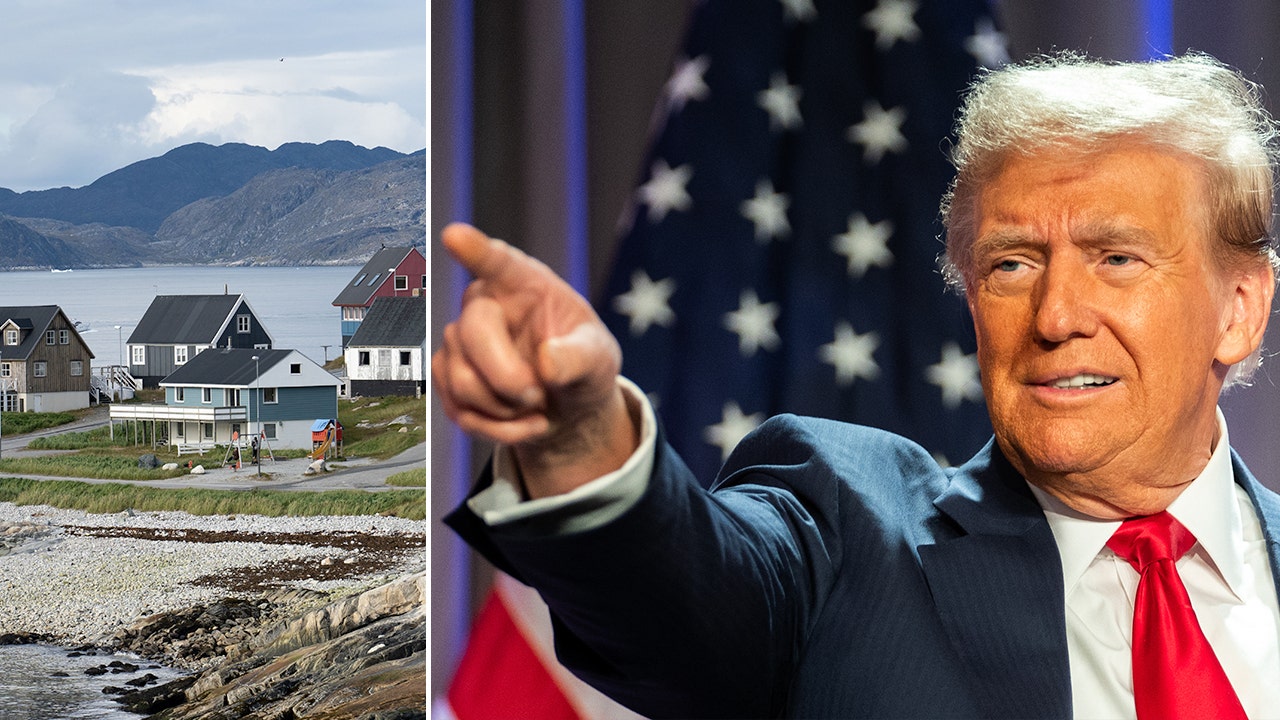Idaho
Idaho Land Board member and state official gets carded
/cloudfront-us-east-1.images.arcpublishing.com/gray/LYPGF27WYVBWJF5VF354I5QD3M.JPEG)
BOISE, Idaho (KMVT/KSVT) —Idaho’s secretary of state Phil McGrane is responsible for election results, business services, and government services to name a few. McGrane’s job also gives him a spot on the Idaho department of lands land board. The board overseas over two million acres of endowment land that produces a profit from lumber to support things like public schools and jails. One of the other things the Idaho Department of Lands is responsible for is firefighting contracts and their own team of firefighters.
Which now includes McGrane.
“I took the opportunity to go in with all the new recruits this year and go through fire school. So, I went through the entire same process as all the guys who are out working in the field right now fighting some of the fires up in Hayden or up above Ola and get to go work through them.” McGrane said, “I had the opportunity to go up to Idaho City and dig line and put out a practice fire just like the rest of the crew.”
McGrane thought it was important to learn what goes into protecting the endowment land. And– what resources they need. It gives him a unique opportunity to see and experience what the men and women who fight fires give up summers to do.
McGrane says, “It’s a huge operation that goes into these fires not just the firefighting itself from the air drops to the ground crews working. Also, to the crews feeding, making sure there’s housing, safety considerations and everything else. So, it’s been great to have the opportunity. One of the things the red card provides me is now I am able to actually go up to and onto a fire.”
He’s already used that card to go out and fight fires in the state as recently as last weekend. And talk to the people who sacrifice so much to protect our states finest resources. McGrane says his priority is to make the profession something people stay in and make a career out of.
Copyright 2023 KMVT. All rights reserved.

Idaho
'You're making history.' Lacrosse club created in Rexburg. – East Idaho News

REXBURG — Madison County is now home to a lacrosse club that’s preparing to start its inaugural season in 2025.
The Rexburg Crusaders Lacrosse Club was founded in November 2024. Head coach and club president Nick Browneller said the club was created after his son, a freshman at Madison High School, wrote a paper for his speech and debate class about why lacrosse should be a sanctioned sport in southeast Idaho schools.
“He presented it before some teachers and I think the athletic department, then came home and asked if he found a bunch of kids who would be willing to play if I would come out of retirement and coach and I said, ‘Sure,’” Browneller recalled.
Browneller said starting this club is something they’ve tried to do in Rexburg before, but there wasn’t enough people interested until now. He said the sport is growing and noted there are already teams across southeast Idaho in places such as Idaho Falls, Pocatello, Ammon, the Teton Valley and Twin Falls.
“(My son) wound up finding a bunch of kids and within a couple weeks, we had 23 kids sign-up and register to play,” Browneller said.
The team is a junior varsity team made up of students from seventh to 10 grade. Only four kids on Browneller’s team have ever played lacrosse before.
He recognizes there’s a learning curve for his team, especially as they get ready for a season where they’ll face teams that have been around for a while.
“I tell the kids whether you know the sport or not, you’re making history by putting a team in Rexburg, so all I ever ask of them is they show up ready to have fun, work hard and know we’re not judging against what other teams have done,” Browneller stated. “We’re judging on where Rexburg wants to go with this team, and make a mark on the map for this part of southeast Idaho when it comes to lacrosse.”
Browneller has more than 30 years of experience playing and coaching lacrosse. He grew up in Baltimore, Maryland, which he said was one of the first states to have lacrosse.
“It’s an indigenous sport,” he said. “I grew up as if it was Texas football — you play it. For us, it was the main sport.”
Browneller played all through school growing up and when he was a student at Brigham Young University-Idaho, he started a lacrosse club and travel team. Browneller went on to coach Idaho Falls Lacrosse (2012-2017) and was a coach at Washington State University (2017-2020).
He then moved back to Idaho and worked with Idaho Falls Lacrosse for about a year before coaching Pocatello Lacrosse, where he helped that team get to the championship game.
“I was going to take some time off until my son put all this together, so here I am back in the fray with a community that’s really been nothing but supportive (and) parents who have been looking for years to have a lacrosse club and someone to spearhead it,” he said.
The season runs from March through May. Although it’s a community club, Browneller said the team works with Madison High School. The school has given the team time in the fieldhouse and is going to give them a field to use for their home games.
The Rexburg Crusaders will play against Pocatello, Ammon, Teton Valley, Idaho Falls and Jackson during its upcoming season.
Browneller said they are wanting to roll out youth programs in the summer. For more information on the club and what it has to offer, visit its Facebook page.
=htmlentities(get_the_title())?>%0D%0A%0D%0A=get_permalink()?>%0D%0A%0D%0A=htmlentities(‘For more stories like this one, be sure to visit https://www.eastidahonews.com/ for all of the latest news, community events and more.’)?>&subject=Check%20out%20this%20story%20from%20EastIdahoNews” class=”fa-stack jDialog”>
Idaho
Ex-Husky Cort Dennison Reportedly Joins Idaho Coaching Staff

Cort Dennison, one of the University of Washington’s more decorated linebackers over the past decade and a half, has joined Thomas Ford’s new Idaho coaching staff as its defensive coordinator, according to ESPN’s Pete Thamel.
Dennison, 35, comes to the Vandals from Missouri State, where he was the defensive coordinator for one seasons for the FCS soon to be FBS program.
Considered one of college football’s rising assistant coaches and a proven recruiter, Dennison has been trying to rebuild his career since getting fired at Louisville in 2021 while serving the second of two stints with the Cardinals.
Sources: Cort Dennison has accepted the job as the defensive coordinator at Idaho. He was last the inside LB coach at Missouri State. He’s worked as an assistant at Louisville for two stints. He’s worked on staffs at Utah in 2023 and coached outside LBs at Oregon in 2018.
— Pete Thamel (@PeteThamel) December 26, 2024
According to reports, he was involved in a domestic dispute with another Louisville athletic department employee in which all allegations against him later were withdrawn.
A Salt Lake City native, Dennison went home and worked at Utah in 2023 as a defensive quality control coach for Kyle Whittingham.
For Louisville, he joined an ACC team headed up by coach Bobby Petrino in 2014-17 and again in 2019-21 for coach Scott Satterfield, holding a variety of assignments that included co-defensive coordinator and outside linebackers coach.
Peter Sirmon, former UW linebackers coach in 2012-13 and now the California defensive coordinator, worked with Dennison as the Louisville DC in 2017.
Dennison spent the 2018 season with Oregon as its linebackers coach.
As a player, Dennison was recruited to the UW in 2007 by Tyrone Willingham’s staff. By 2011, the 6-foot-1, 234-pound linebacker was a team captain for Steve Sarkisian, a 30-game starter and a second-team All-Pac-12 selection who topped the conference in tackles with 128.
Dennison finished with 15 tackles in his final Husky outing, a 67-56 loss in the Alamo Bowl to Baylor and Heisman Trophy-winning quarterback Robert Griffin III.
For the latest UW football and basketball news, go to si.com/college/washington
Idaho
Obituary for Betty Pearl Day at Eckersell Funeral Home

-
/cdn.vox-cdn.com/uploads/chorus_asset/file/24924653/236780_Google_AntiTrust_Trial_Custom_Art_CVirginia__0003_1.png)
/cdn.vox-cdn.com/uploads/chorus_asset/file/24924653/236780_Google_AntiTrust_Trial_Custom_Art_CVirginia__0003_1.png) Technology6 days ago
Technology6 days agoGoogle’s counteroffer to the government trying to break it up is unbundling Android apps
-

 News7 days ago
News7 days agoNovo Nordisk shares tumble as weight-loss drug trial data disappoints
-

 Politics7 days ago
Politics7 days agoIllegal immigrant sexually abused child in the U.S. after being removed from the country five times
-

 Entertainment1 week ago
Entertainment1 week ago'It's a little holiday gift': Inside the Weeknd's free Santa Monica show for his biggest fans
-

 Lifestyle7 days ago
Lifestyle7 days agoThink you can't dance? Get up and try these tips in our comic. We dare you!
-
/cdn.vox-cdn.com/uploads/chorus_asset/file/25672934/Metaphor_Key_Art_Horizontal.png)
/cdn.vox-cdn.com/uploads/chorus_asset/file/25672934/Metaphor_Key_Art_Horizontal.png) Technology2 days ago
Technology2 days agoThere’s a reason Metaphor: ReFantanzio’s battle music sounds as cool as it does
-

 Technology1 week ago
Technology1 week agoFox News AI Newsletter: OpenAI responds to Elon Musk's lawsuit
-

 News3 days ago
News3 days agoFrance’s new premier selects Eric Lombard as finance minister



















